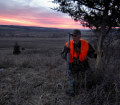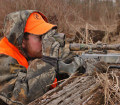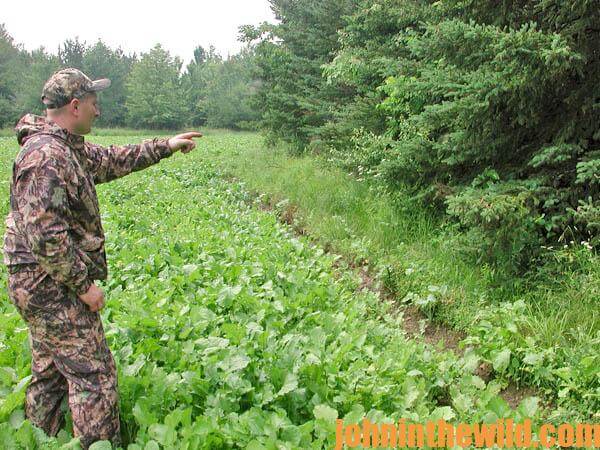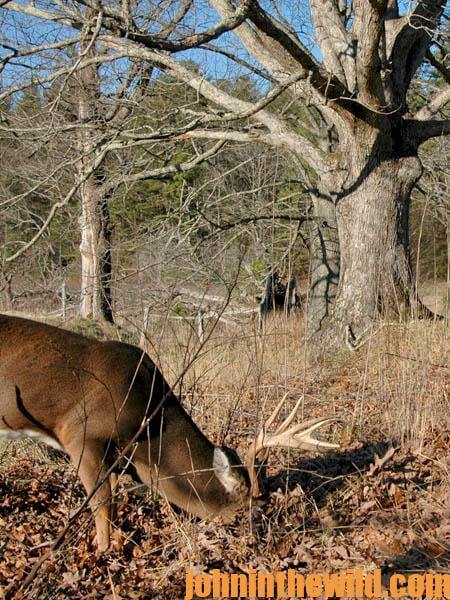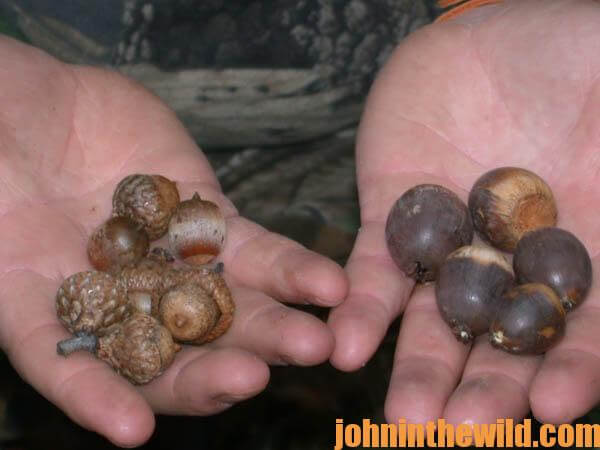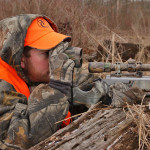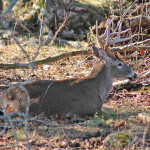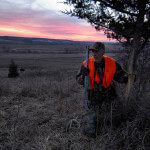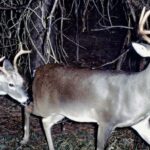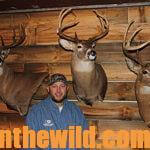John’s Note: Ronnie Groom of Panama City, Florida, has been one of the foremost deer hunters of our day for the past 30 years. Groom, a well-rounded deer hunter, participates in bowhunting, primitive weapon hunting and gun hunting. Groom was consulted for this article, because he hunts deer in several states – on public and private lands – where the hunting pressure is both heavy and light.
The area where the deer usually become nocturnal first is in feeding regions, because there are so-many hunters trying to bag deer as the animals come in to feed.
Therefore the deer know better than to move into these types of sites during daylight hours. However, the deer also understand that when dark approaches, the hunters leave the woods. So although the animals won’t move into the feeding sites until dark, they generally will start toward these feeding regions before dark. If the hunter will follow the trails that lead from the feeding area to the bedding region or the places where the bucks are seeking sanctuary, he can take a stand close to this thick cover. Although sportsmen know this tactic, they usually make two mistakes when utilizing it. First, they leave their stands too early to bag a deer. A common fear among hunters is that they’ll get lost in the woods after dark. Therefore they move out of the forests while there is still enough light to see how to get out of the woods. So, even though they may have their stands in the best places possible, they generally will leave before the deer show up. Hunters who remain in their stands until the light is too little to see to shoot are usually more successful in bagging a buck. Most of the time the buck will appear during that last 5 to 10 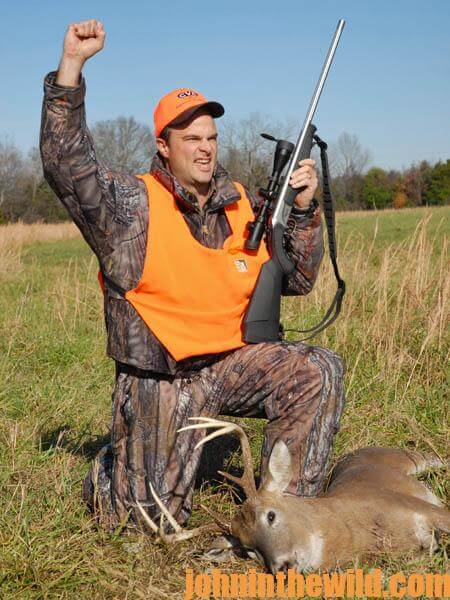 minutes of daylight, realizing that by the time he reaches the feeding area the woods will be too dark for the hunters to see him, and he can feed undisturbed. So, the buck waits until almost dark before he heads for that feed. The hunter who harvests this deer will have to remain in his stand until black dark if he is going to see the buck. That’s why understanding how to use a GPS hand-held receiver is so important.
minutes of daylight, realizing that by the time he reaches the feeding area the woods will be too dark for the hunters to see him, and he can feed undisturbed. So, the buck waits until almost dark before he heads for that feed. The hunter who harvests this deer will have to remain in his stand until black dark if he is going to see the buck. That’s why understanding how to use a GPS hand-held receiver is so important.
The second mistake that many hunters make is that they shoot the first buck they see. To take a really-nice buck, you must allow the small bucks to pass by you. Remember that the big bucks haven’t grown large by being stupid. They will let the smaller, less-experienced bucks walk out into an opening, before they will. Big bucks assume that if a hunter is out there that the little bucks will die first. So, if you want to take a truly-large deer as he is moving from a thicket, a sanctuary or a bedding area, most of the time you must let the small deer pass by you, undisturbed.
To get “How to Hunt Deer Up Close: With Bows, Rifles, Muzzleloaders and Crossbows” and “Deer and Fixings” by John E. Phillips click here.
About the Author
John Phillips, winner of the 2012 Homer Circle Fishing Award for outstanding fishing writer by the American Sportfishing Association (AMA) and the Professional Outdoor Media Association (POMA), the 2008 Crossbow Communicator of the year and the 2007 Legendary Communicator chosen for induction into the National Fresh Water Hall of Fame, is a freelance writer (over 6,000 magazine articles for about 100 magazines and several thousand newspaper columns published), magazine editor, photographer for print media as well as industry catalogues (over 25,000 photos published), lecturer, outdoor consultant, marketing consultant, book author and daily internet content provider with an overview of the outdoors. Click here for more information and a list of all the books available from John E. Phillips.

